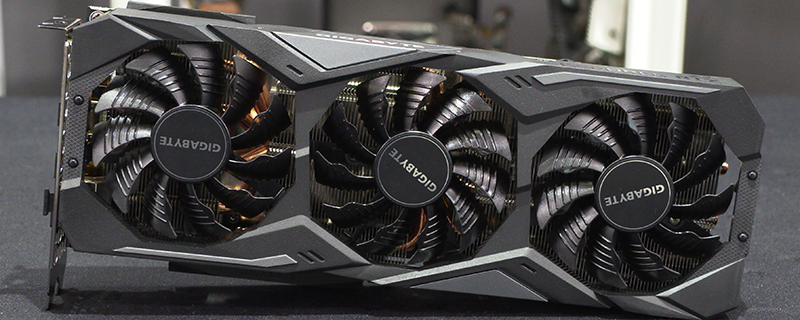Gigabyte Gaming OC RTX 2070 Super Review
Conclusion
We know that the release of the Super cards from Nvidia caused some consternation on the forums. Apparently a performance increase over the original cards of between 5 and 10 percent isn’t worthy of receiving the plaudits we gave it. We’ve no idea why. Firstly, years ago most updates of existing cards didn’t see such big increases. Sure new generations did, but not a refined pre-existing product. Secondly, and the thing we think people forget, is that modern GPUs are so fast that a 7 or 8 percent increase works out at an enormous uptick in performance, especially when it wasn’t that long ago that we all used to be gobsmacked by three or four extra frames per second. Thirdly of course the “it’s just a Pascal card reissued” argument is instantly rendered null and void any time you see a game that makes full use of the new technologies employed on the Turing GPUs.
Ahem.
When the Super cards appeared we were pleased at the newly unleashed performance from the architectural improvements Nvidia had made to their RTX cards, with all three takes on the formula being close to the next model up on the original cards. More performance for the same money is something we can always get on board with and the RTX Super cards were no exception. No matter how impressive the redesigned twin fan Nvidia cooler was we knew that they would leave some extra performance for the partner cards to unleash, and so it was with a certain level of excited curiosity that we put the Gigabyte Gaming OC RTX 2070 Super into our GPU test rig. Was there more performance awaiting a better cooler? Did the potential extra thermal headroom give us better overclocking? How near to the RTX 2080 can the RTX 2070 Super really get?
The answers to all these questions are positive ones. Yes, there definitely was more performance in the updated TU104 GPU ready to be let off the leash. The Gigabyte Gaming OC RTX 2070 Super overclocks very well indeed and the triple fan cooler and extremely beefy heatsink with its high fin density and fat heat pipes absolutely gets the job done. As we never tire of explaining it is one thing to obtain a fast boost clock speed for short bursts as that looks good in the advertisements, but for higher gaming performance and better frames per second you want that boost clock to remain as high as possible for as long as possible. Better cooling definitely helps you reach this goal and the Gigabyte card had outstanding average boost clock speeds. In ‘stock’ trim the average boost clock was only 40 MHz below the peak, whilst when overclocked it was only 50 MHz behind peak boost. The Nvidia card was 45 MHz below peak but where the Gigabyte flexes its muscles is when you note that the Nvidia reference card peak boost clock was 26 MHz below the average stock Gigabyte, and 190 MHz behind the average boost clock we obtained when we’d manually fettled it.
If the RTX 2070 Super piqued your curiosity then the Gigabyte Gaming OC RTX 2070 Super will have you reaching for your wallet, whereas if you were left slightly unfazed by the prospect of the reference RTX 2070 Super then the Gigabyte take has enough to show that the Super cards earn their salt.
Discuss the Gigabyte Gaming OC RTX 2070 Super on the OC3D Forums.




